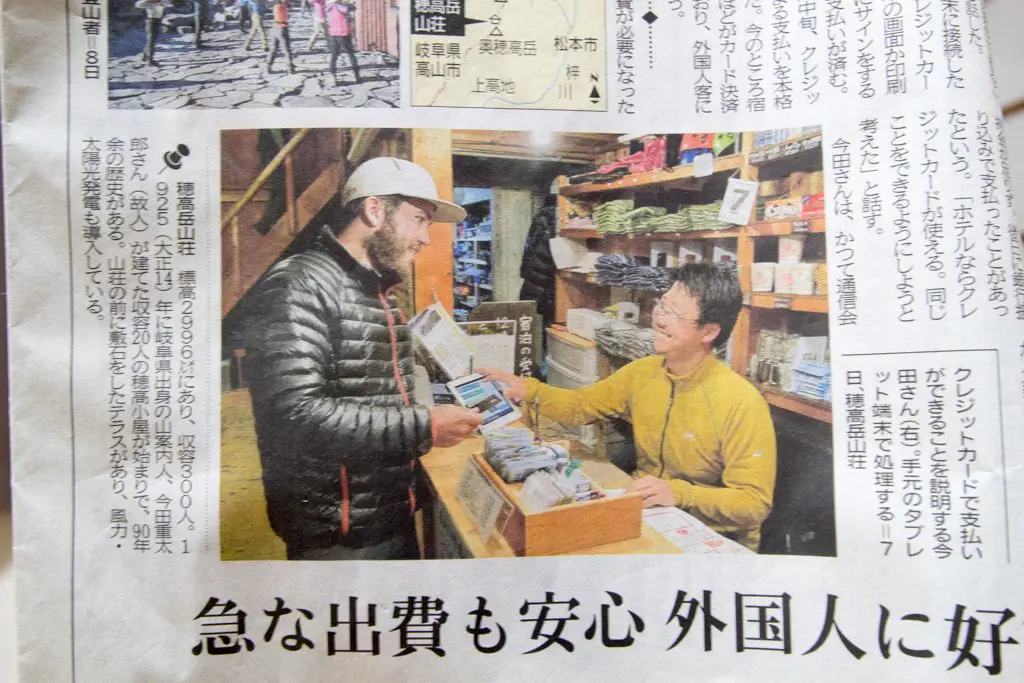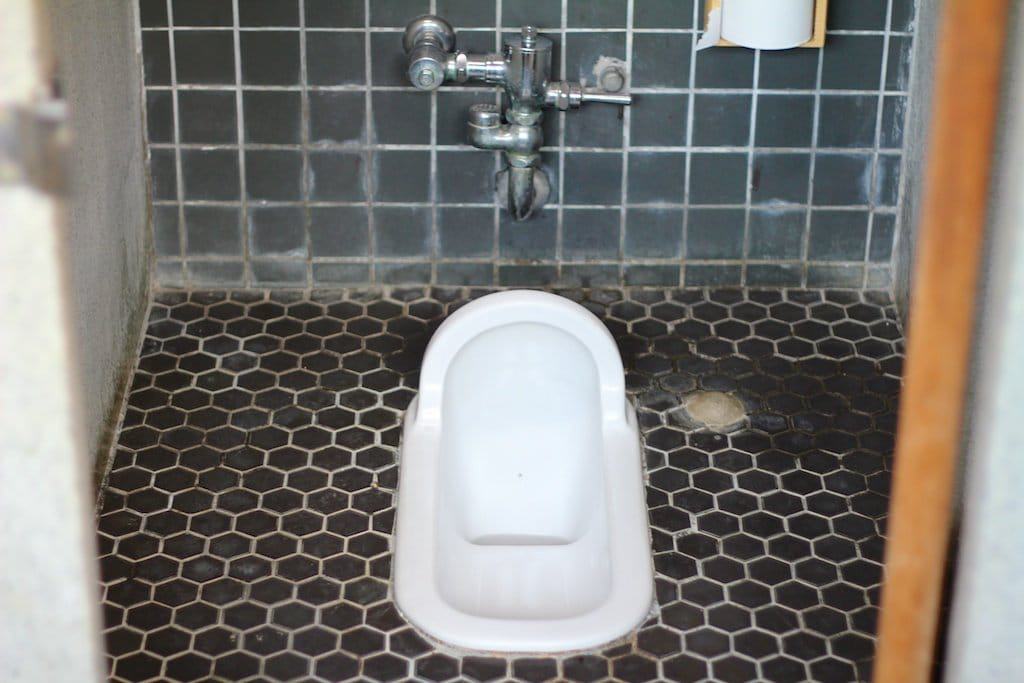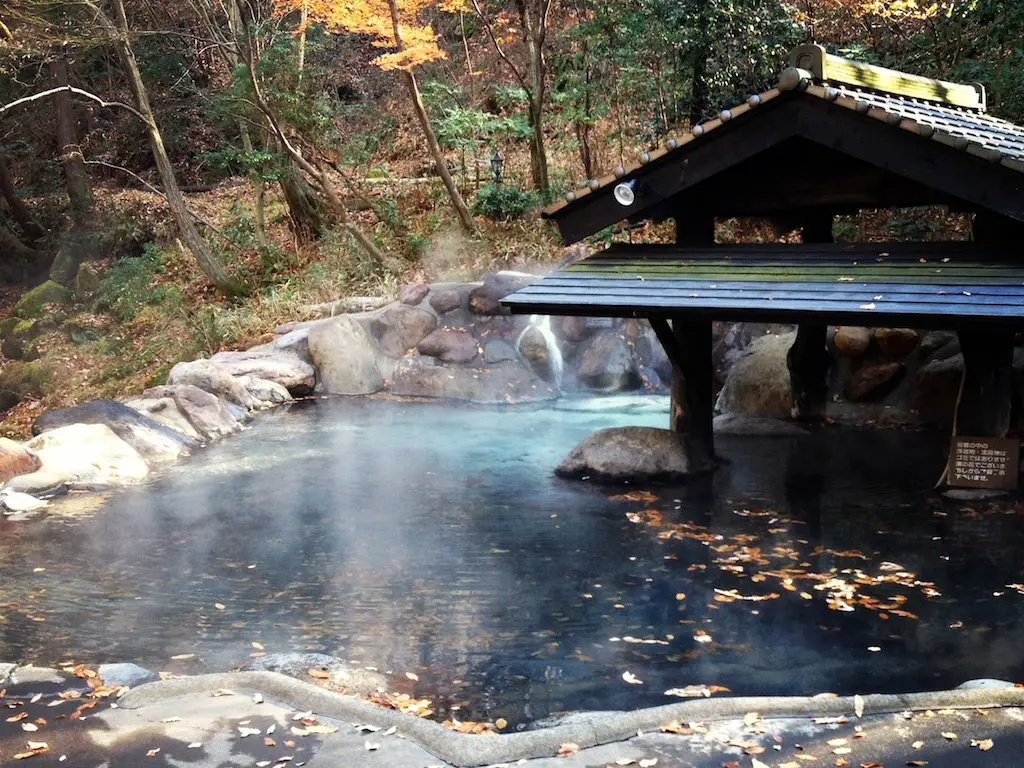Garbage In Japan: The Country’s Greatest Mystery
In case you missed 11 Reasons You Will Hate Japan, one of the problems you encounter whilst gaijin-smashing your way through the country is the lack of waste receptacles, particularly garbage cans (recycling bins are far more abundant).
However, this minor inconvenience encountered whilst traveling the country is nothing compared to the nightmare of garbage disposal that accompanies residency in the country.
The garbage situation in Japan goes far beyond separating out your recyclables, and the riddle that is garbage can include as many as fourteen different categories.
Additionally, you can’t just use any bag for your garbage. You need to purchase the city’s garbage bags. And the bag you need to buy depends on what kind of garbage you intend on putting in it.

Now this isn’t necessarily the exact case for the whole of Japan, but in my locality, we are expected to accommodate the following categories of garbage (the following information is taken directly from a city-issued poster on garbage disposal):
- GARBAGE TO BE BURNED: kitchen garbage, wood chips, grass, paper and cloth unable to be recycled, paper diapers, sanitary items, old clothes
- CONTAINERS AND PACKAGING MADE OF PLASTIC: plastic bags/wraps, trays, packs/cups, bottles/tubes, nets/buffer materials, clean styrofoam
- GARBAGE NOT TO BE BURNED: glass, pottery and porcelain, metal, leather and rubber goods
- PLASTIC BOTTLES: plastic bottles for juice or soft drinks and soy sauce
- GLASS BOTTLES: for edible substances only, divided into three categories: colorless/transparent glasses/brown glasses and glasses of other colors
- CANS: for edible substances only, aluminum cans, steel cans
We also have the used papers category (further divided into newspapers, magazines/fliers, and cardboard boxes), the bulky garbage category, the old clothing category, the hazardous garbage category, the spray cans/cassette gas cylinders category, and the video tapes/cassette tapes category.

So what are the implications of this system?
Let’s investigate via some everyday examples of trash: a jar of peanut butter, a bottle of soda, and a Pringles can.
- PRINGLES CAN: So now that you have finished your snack (which comes in flavors like Wasabi Mayonnaise and Garlic Butter (which is disappointingly disgusting)), you start with that translucent plastic lid. Being that it’s plastic it goes in the plastic. Easy right? Well actually not really. I am unsure on whether or not the lid qualifies and so it may belong in the incombustible garbage. Whatever, moving on: the tube. Well this one is pretty straightforward – it’s cardboard, so clearly burnable. But wait. Did you remember to rinse the can of any crumbs you didn’t manage to absorb in your gluttonous rampage? And wait again. What about that metal piece at the bottom. Metal isn’t burnable, right? But there isn’t an easy way to remove it! Well, stop being lazy and cut it off. Seriously? Seriously. Or you could just throw the entire thing in the burnable garbage…or in with the incombustible garbage. I give up.

Apparently, a woman unofficially known as gomi-lady (trash-lady) patrols my building’s garbage to ensure that tenants are obeying Japan’s rules of throwing things away.
This woman (who I can only assume is either homeless or a garbage enthusiast) has reportedly entered people’s apartments (without prior announcement) to confront them about their garbage habits (this is why the government can’t take our guns).
Officially, you are required to write your name and apartment number on your garbage bags, but I have not seen anyone in my building do this (perhaps because my building is 90% not Japanese) and I am not about to make it easy for the gomi-lady to hunt me down (at one point I believe that signed a piece of paper informing me of a 5,000 yen (~$50 USD) fine for improper garbage disposal).
Just remember: as a foreigner you are usually doing something incorrectly in Japan and throwing away your garbage is no exception.








lol, I was stationed at Sasebo Navy base and my Japanese building manager where I lived in town asked me if I could bring my garbage to the base for disposal, which I gladly did. It is as confusing as you say. I would bring my Sake and beer bottles to our local though.
I am still struggling with the trash, but I think I have managed to figure out the basics. Have yet to have someone arrive at my door yelling about my disposal methods.
Well, if we all lived on an island forever we wouldn’t want to live under landfills… Trash sorting on steroids out of necessity :) Everyone should learn about the trash we make and where it should go. Unless of course people want to bury their heads in the sand… I mean our little planet is our island… Thanks for the info
You are correct: the reasons for all this garbage business do make sense; however, that doesn’t stop it from being incredibly confusing at times. Perhaps one day I will be able to update this with a comprehensive guide to Japanese garbage sorting.